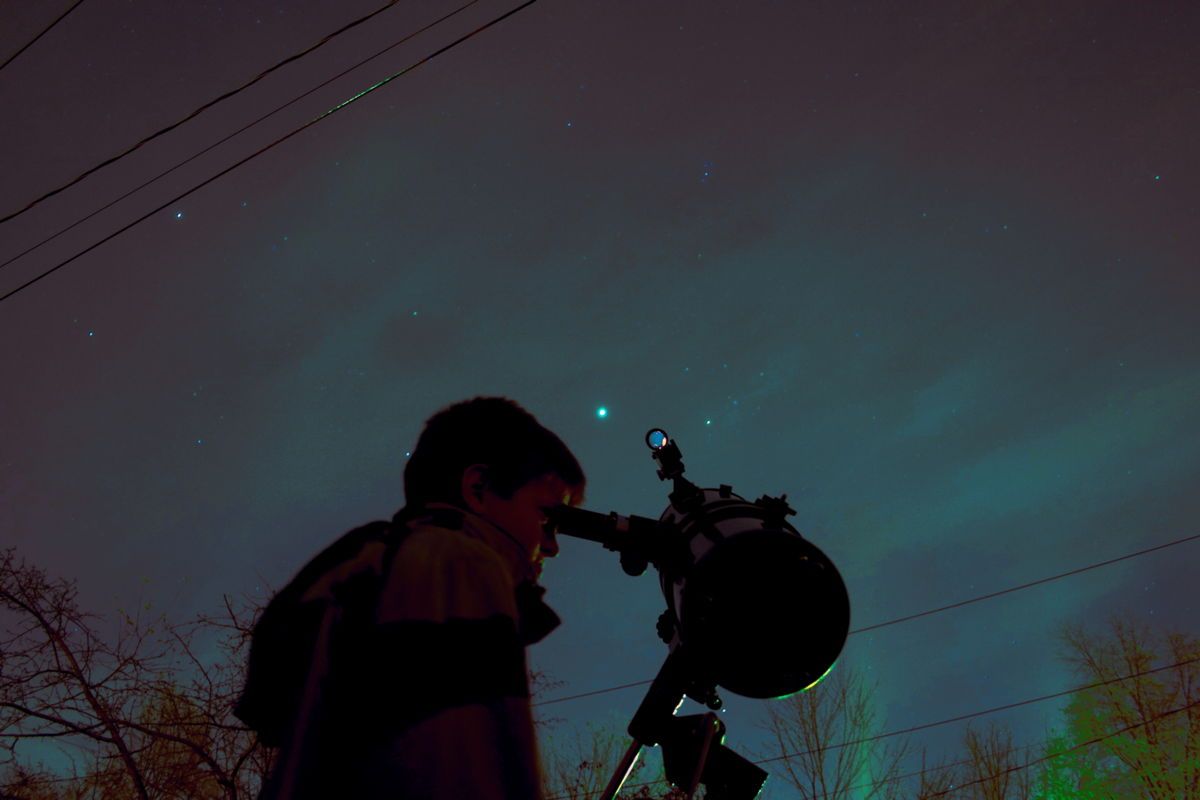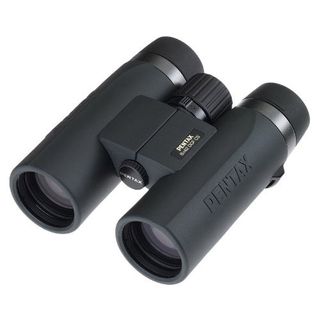Thinking of Buying a Telescope? Here's Our Advice

With the 2012 holiday season coming into its "home stretch," many people may be seriously considering the purchase of a telescope.
You've seen telescope ads in newspapers, junk mail catalogues and on those cable TV shopping channels. The typical sales pitch might run something like this:
"Bring the mysteries of the universe up close for your inspection. Study the sun, the moon, the planets, stars, comets and much, much more with this practical learning tool!
Such claims are a seductive lure to the astronomy neophyte or the well-meaning parent or grandparent wishing to get a space-minded child an instrument that he or she can use to "discover the wonders of the heavens." [Best Telescopes to Buy]
Beware of too much power
Sadly, while most of these "department-store" telescopes may seem to be a good deal and user friendly, they usually end up being a complete frustration to the recipient. One of the features that is usually promised is incredibly high power. But be aware that virtually any telescope can provide you with, for example, 500-times power. However, in most cases, such an advertised magnification is well beyond the practical maximum magnification of the telescope.
A 2.4-inch refracting telescope, for example, should never use more than 120-power magnification (the general rule of thumb is 50-power per inch of aperture). In fact, for such a telescope, the most rewarding views will probably come using half of the practical maximum magnification (60-power).
Sign up for the Live Science daily newsletter now
Get the world’s most fascinating discoveries delivered straight to your inbox.
But of course, the uninitiated (usually that "space-minded child") will want to "test drive" the telescope at the highest possible magnification. The result will be an enlarged and hopelessly fuzzy image that will be virtually impossible to keep in the telescope's field of view thanks to its defective and unbalanced design.
Beware of "the shakes"
Another problem is the telescope mounting, which for most "off-the-shelf" instruments is usually lightweight and unstable. Such mountings are, in turn, attached to a wobbly tripod. Consider this: a telescope can have the finest optics in the world, yet can be rendered totally useless if the mount is so poor that the image can't be held in place.
Before you know it, that "practical learning tool" has ended up in the back of a closest or up in the attic, never to be seen again!
But if you have your heart set on purchasing a telescope, here are a few good tips to follow:
- Go to your local bookstore or newsstand and browse through one of the various astronomy magazines where well known and reputable manufacturers advertise astronomical telescopes.
- Many planetariums across the country offer courses on "How to Use a Telescope." Such classes typically assist both the prospective purchaser and those who wish to get the most out of an instrument that they already have.
- Make an effort to contact local astronomical societies and attend star parties and other, similar events where you can look through various telescopes and talk to their experienced owners. Such gatherings are ideal "showrooms" for commercial as well as home-built telescopes.
But now, I'm about to make a suggestion that few prospective telescope buyers, especially those neophytes of astronomy, want to hear: seriously consider the merits of binoculars before moving up to a telescope. [Best Binoculars to Buy]
Go bino!
Some might think that binoculars are a bit of a come down from a telescope, but the fact is that for certain aspects of skywatching they are the best instrument of all to use.

Binocular vision provides our central image processing system (the brain) with confirmation of what both of our eyes are seeing. In effect we improve our signal-to-noise ratio by using two eyes. The brain filters out the random impulses from each eye and leaves us with a better view of the real object. The result is increased contrast (about 40 percent) and the ability to see fainter objects.
A good pair of binoculars makes a very good instrument for the beginning amateur sky watcher. As to what type of binoculars you should purchase, that's sort of like asking, "What breed of dog should I buy?" Everybody has his or her personal favorites.
Most preferable for stargazing are the 7 x 50 "night-glasses," although going back to when I was a teenager, my own personal preference has always been 7 x 35 "wide-angle" binoculars that give a much wider-than-normal field of view. The first number states the power of the binocular (7 power), while the second number represents the diameter of the objective lens in millimeters (35 or 50).
Standard 7-power binoculars will provide about a 6-degree field of view, just wide enough to be able to fit the pointer stars of the Big Dipper. My wide-angle binoculars, however, allow for an 11-degree field of view. Not only are they useful for stargazing, but I've found that the wider field also makes them great for bird watching and sporting events as well.
Keep in mind another factor: Binoculars with magnification powers greater than 10 amplify the movements of your hands, making steady viewing more difficult. This is why 7-power binoculars are chosen by so many experts, including those in the military.
Choose wisely!
Find a reputable store that carries a good range of binoculars and get a knowledgeable salesperson who can talk you through all the pros and cons of the different models. Insist that you be allowed to look through five or six types across the range of prices.
A lot is going to depend on what feels right to you. Look for binoculars that fit comfortably in your hand and across your eyes that have controls in the right places, and seem to offer a good balance between economy and performance.
Easy to use and relatively inexpensive, binoculars are helpful in learning the constellations and in getting acquainted with many attractive deep-sky objects. And when held steadily (though you can also mount them on a tripod) they'll give you a glimpse of the craters of the moon, the crescent of Venus and the moons of Jupiter.
Should a bright comet come along (and we may have two coming our way in 2013), there is no better instrument to give you a great overall view of both the head and tail. And by sweeping along the Milky Way, you'll be treated to a myriad of stars.
Because they don't give an inverted view (as is the case with most telescopes), binoculars are especially convenient for comparing a sky map with the stars themselves. And since binoculars require an absolute minimum set-up and takedown time, a frigidly cold winter's night won't deter you from enjoying even a brief session outside.
Last, but certainly not least, the practical experience binoculars give will enable any beginner to get much more satisfaction when they're finally ready to purchase their first telescope.
This story was provided by SPACE.com, a sister site to Live Science. Joe Rao serves as an instructor and guest lecturer at New York's Hayden Planetarium. He writes about astronomy for The New York Times and other publications, and he is also an on-camera meteorologist for News 12 Westchester, New York. Follow SPACE.com on Twitter @Spacedotcom. We're also on Facebook & Google+.












